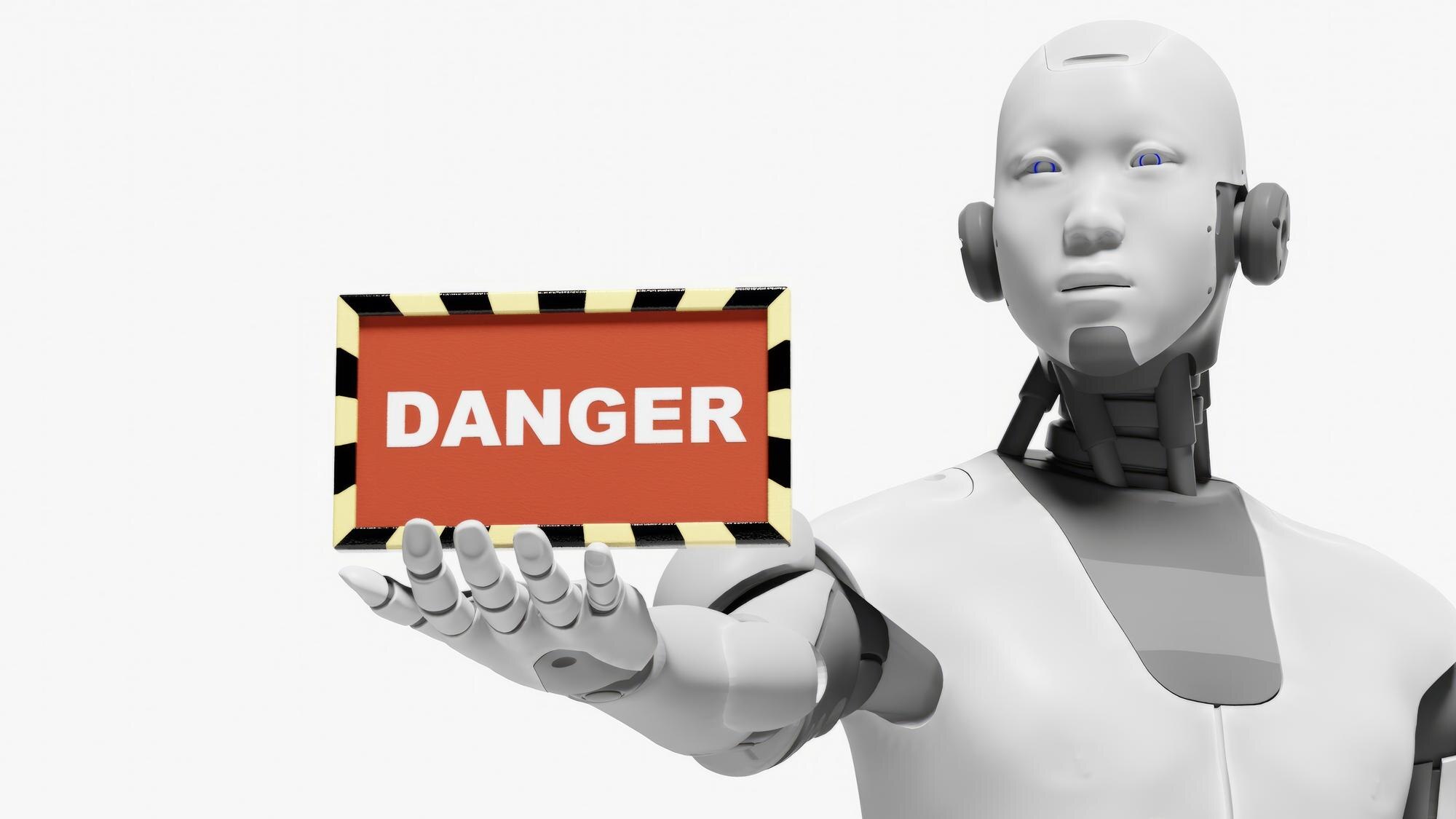Estimated reading time: 7 minutes
Key Takeaways
- “AI layoff paranoia 2025 is rapidly becoming a defining concern for workers across the globe.”
- More than 10,000 positions were reportedly cut in the first seven months of 2025 because of AI adoption, with the technology sector seeing the sharpest decline.
- Roles with defined outputs and repetitive processes—such as data entry, customer service, and administrative support—face particular exposure.
- Tech sector layoffs 2025 have reached record levels, with more than 89,000 cuts and a 36 percent rise on the previous year.
- Job postings are shifting to prioritise skills that complement AI: critical thinking, emotional intelligence, creativity, and oversight of automated systems.
Table of contents
Introduction
AI layoff paranoia 2025 is rapidly becoming a defining concern for workers across the globe. This rising unease about possible job losses driven by artificial intelligence by 2025 has sent a ripple of uncertainty through the employment landscape. As AI systems grow more sophisticated, especially in the generative field, many employees worry that their roles could vanish.
The concern is not unfounded. Early 2025 has already brought a surge in AI-linked redundancies, with thousands of staff dismissed as firms roll out new automation. CBS News reports that more than 10,000 positions were cut in the first seven months of 2025 alone because of AI adoption, and the technology sector saw the sharpest decline.
AI layoffs 2025 are reshaping ideas of job security and career planning. With further cuts expected, understanding this shift matters for both staff and employers.
The significance extends beyond immediate redundancies, influencing workforce stability, morale, and, ultimately, performance.
Understanding AI-Driven Workforce Reductions
AI-driven workforce reductions mark a fundamental change in how organisations structure operations. These reductions involve systematically shrinking headcount through technologies that take over tasks once handled by humans.
Key forces behind this shift include:
- Generative AI that can automate knowledge work
- Economic pressure prompting firms to slash costs
- Technical advances enabling automation of repetitive or predictable tasks
- Competitive need to adopt AI to stay relevant
The automation impact is most visible in roles centred on data collection, transcription, and routine analysis. Tasks that formed the backbone of many entry-level posts are now performed more quickly and cheaply by software. As capability improves, even jobs demanding analysis and decision-making may be at risk.
At present, companies focus on posts with defined outputs and repetitive processes. Data entry clerks, customer service representatives, and administrative assistants face particular exposure. Yet the boundary grows wider as AI learns context, processes natural language, and even produces creative content.
Challenges deepen because firms often introduce these tools before fully grasping ramifications for structure and staff well-being, heightening uncertainty in an already volatile market.
Scope of AI Job Cuts
The scale of projected AI-related cuts by 2025 alarms many observers. Figures show more than 27,000 tech jobs in the United States since 2023 were lost through automation, with 10,000 removed in the first seven months of 2025. The pace suggests employers are increasingly comfortable replacing humans with algorithms.
Losses are no longer limited to technology. Media, finance, healthcare, and customer support also face stark reductions as AI proves capable of content production, financial analysis, initial medical screening, and service management.
Views differ on immediate versus long-term risks. Axios notes that some analysts think domestic roles may be safer in the short term, with early displacement more likely in outsourced positions. Yet up to 27 percent of all jobs could remain vulnerable as the technology matures.
By sector, the pattern looks like this:
- Media firms turn to AI for writing, editing, and curation
- Banks deploy automation for risk assessment and client queries
- Manufacturers widen automation from physical robots to cognitive tasks
- Retailers rely on AI for stock tracking and personalised engagement
The uneven spread complicates planning. Workers in heavily affected sectors may need radical career shifts, while those elsewhere still must learn to collaborate with machines.
Impact on the Tech Sector
Tech sector layoffs 2025 have reached record levels, creating a paradox: the industry building AI tools is also hit hardest by them. More than 89,000 cuts have been announced, representing a 36 percent rise on the previous year.
Major technology firms are streamlining by:
- Restructuring departments to remove duplicate roles
- Using in-house AI to cut headcount
- Consolidating functions once handled by multiple specialists
- Outsourcing some activities while focusing on AI-driven core work
Redundancy in technical roles is growing as firms swap human labour for algorithms. Jobs once considered essential—quality assurance, certain programming tasks, and technical support—are being trimmed or eliminated through automated testing, code generation, and self-service platforms.
This severity shakes the perception of technology as a safe career path. For decades, tech was seen as a dependable growth engine. That view now shifts as the sector proves it, too, is exposed.
Further, displaced workers often find their expertise outdated. Employers now seek skills in AI development and governance, not the coding languages that dominated only a few years ago. This forces rapid reskilling while competing against graduates already trained in emerging tools.
Effects on the Employment Market
The AI-induced market shrink is becoming clear across the wider economy. Job postings have fallen 15 percent year on year in entry-level and corporate roles, showing employers are rethinking hiring needs as automation expands. This drop is notable given the otherwise steady performance of the labour market.
Uncertainty appears in revised job descriptions. References to AI have risen 400 percent in listings over two years, signalling a shift in expectations. Employers now prioritise abilities that complement, not rival, algorithms, such as:
- Critical thinking and complex problem solving
- Emotional intelligence and persuasive communication
- Creative ideation and innovative planning
- Oversight of automated systems and ethical governance
Automation is hollowing out mid-tier positions. As routine duties vanish, the market takes on a barbell shape: growth at the top and bottom of the skill range, contraction in the middle. Traditional routes from entry to senior roles blur, threatening wage progression.
Economic results extend beyond individuals. A shrinking middle income could dampen consumer spending, affecting broader stability. Shifts in the tax base may also challenge public revenue and social programmes.
Volatility seen in tech may foreshadow wider consequences as automation spreads. Job seekers must gauge not only current demand but also how roles might evolve under advancing AI.
Impact on Different Job Levels
Reductions in entry-level posts pose distinct challenges for development and mobility. Employers target these roles for savings because AI excels at the routine tasks once entrusted to newcomers. Data entry, basic analytics, and scripted customer interactions, once the training ground for fresh graduates, are now handled by software.
This disrupts career progression by:
- Limiting chances to gain early workplace experience
- Eroding the environment where foundational skills are learned
- Replacing traditional progress markers to higher positions
- Making the move from education to employment harder
These changes ripple through education. Students and universities question the value of degrees that no longer guarantee stable roles. Curricula are being reworked to stress tasks less prone to automation: intricate problem solving, creativity, and human-centred communication.
Long term, companies might struggle to fill mid-level posts if early roles disappear, potentially driving wage inflation for experienced professionals as firms compete for a smaller talent pool.
AI and Employment Trends in 2025
AI and employment 2025 present a landscape marked by disruption yet also adaptation. While some categories disappear, fresh opportunities arise that show how humans and intelligent systems can collaborate. The job market remains in flux, and workers who cultivate uniquely human capabilities alongside technical literacy are likely to fare best in an era defined by rapid automation.
FAQs
What is driving AI-driven workforce reductions?
Key forces include generative AI that automates knowledge work, economic pressure to cut costs, advances in automating repetitive or predictable tasks, and competitive pressure on firms to adopt AI to stay relevant.
Which roles are most exposed to AI layoffs in 2025?
Posts with defined outputs and repetitive processes—such as data entry clerks, customer service representatives, and administrative assistants—face particular exposure, with the boundary widening as AI improves at context and natural language.
How is the tech sector being impacted?
The tech industry has seen record cuts, including more than 89,000 announced and a 36 percent rise on the previous year. Firms are restructuring, using in-house AI to streamline, consolidating specialist roles, and automating testing, coding, and support.
How are job descriptions and hiring changing?
Job postings show fewer entry-level and corporate roles and far more references to AI. Employers prioritise skills that complement algorithms—critical thinking, emotional intelligence, creativity, and oversight and governance of automated systems.
What does this mean for early-career workers?
Automation is reducing traditional entry-level tasks that served as training grounds, making it harder to gain early experience. This may disrupt progression to mid-level roles and require universities and employers to emphasise complex problem solving and human-centred communication.







